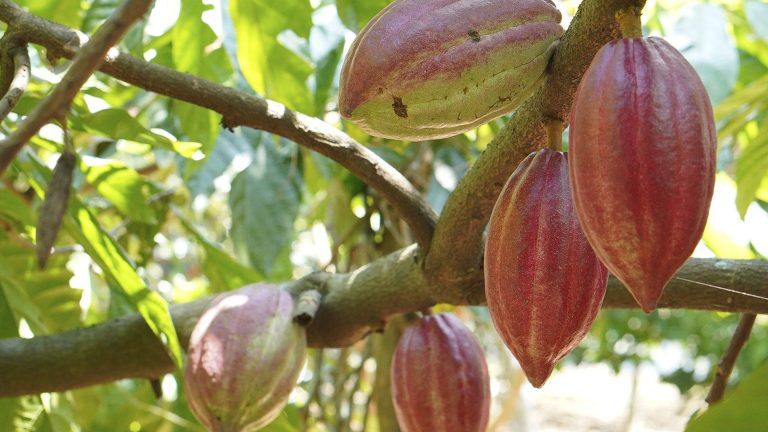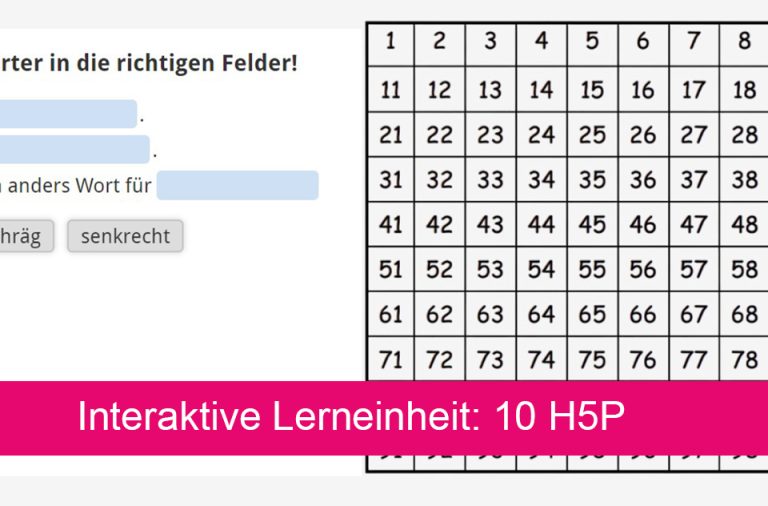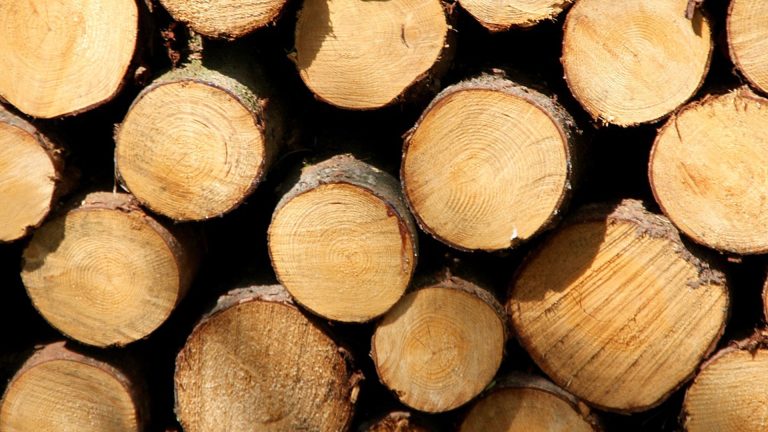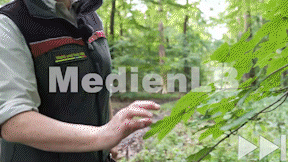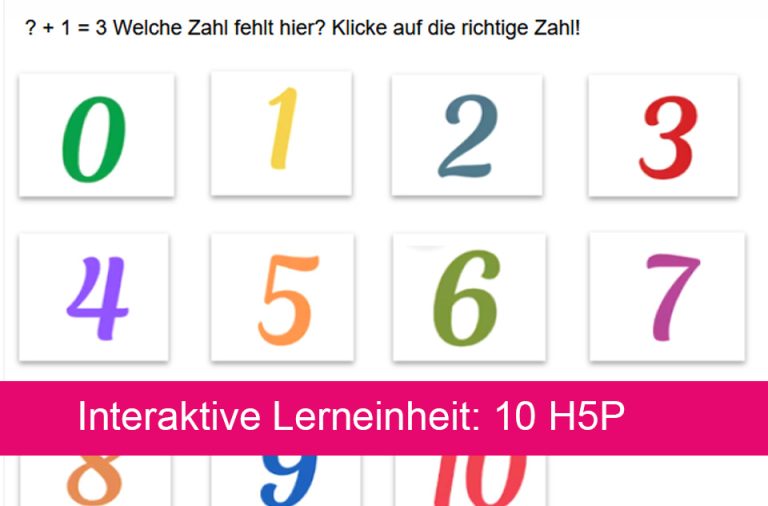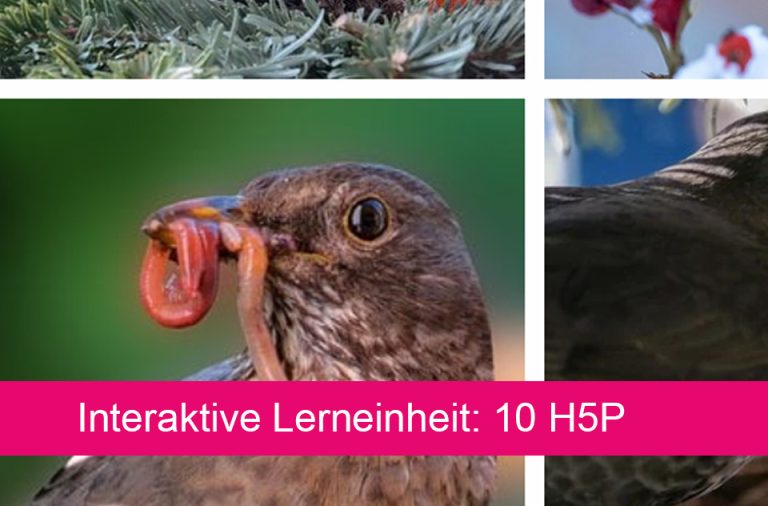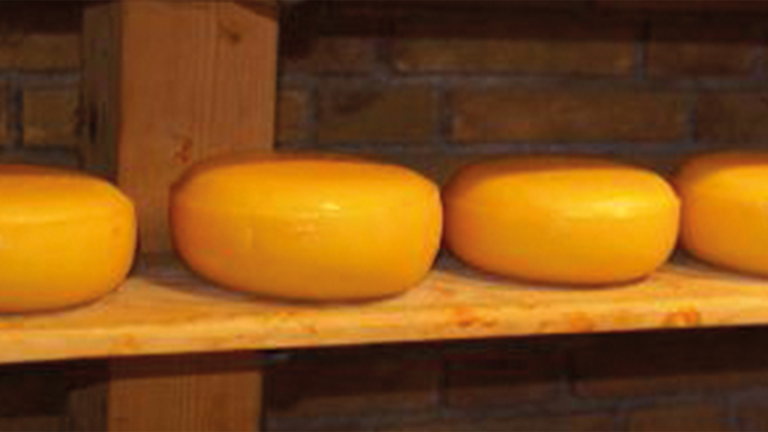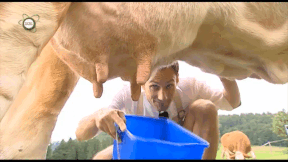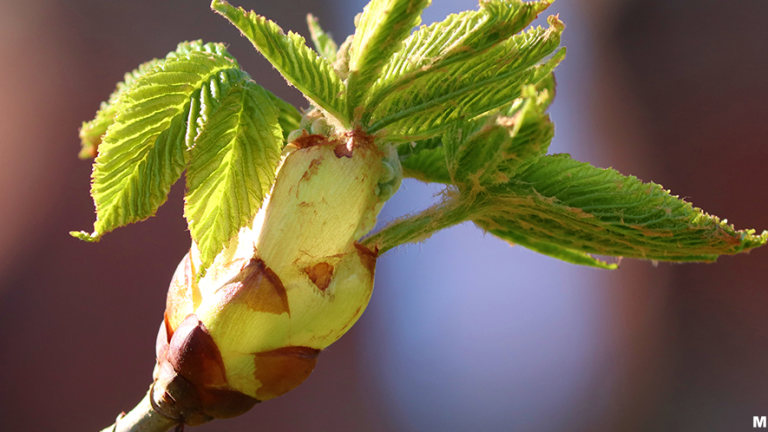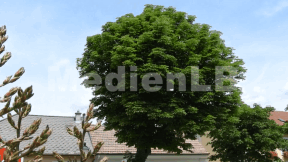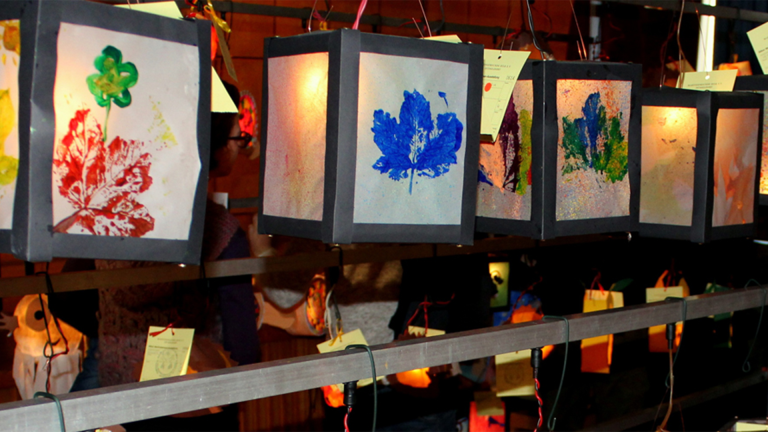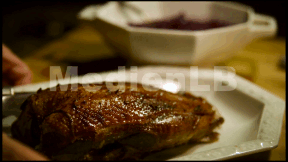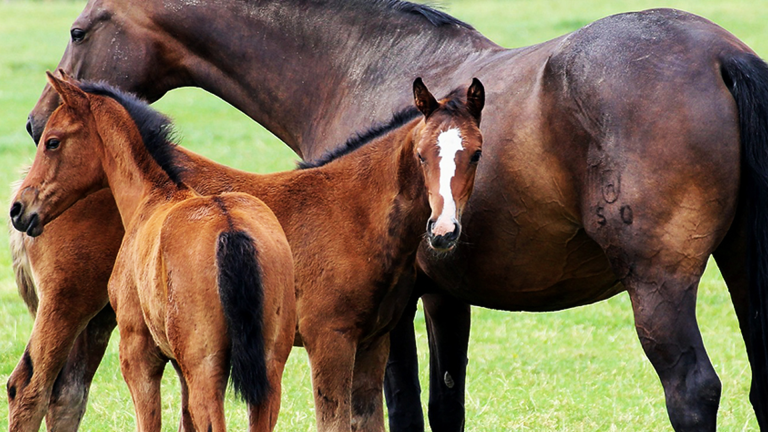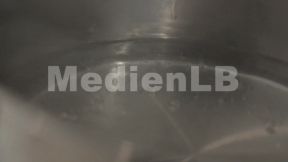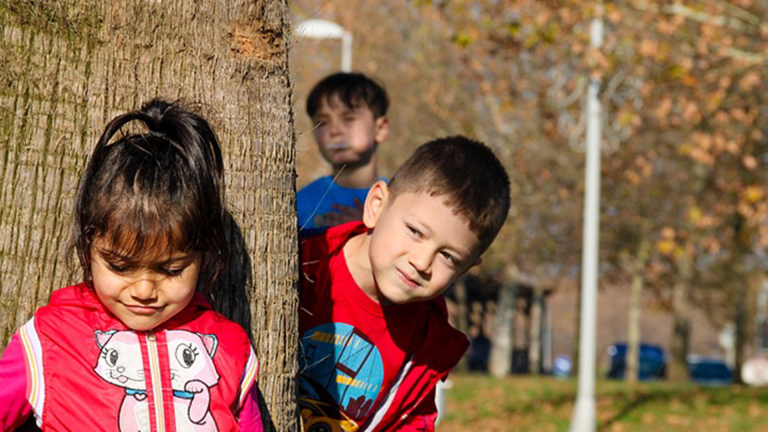Suche:
- # Artistry
- # Biology
- # Chemistry
- # Ecological
- # Economy
- # English
- # Foreign Language
- # Geography
- # German
- # Health
- # History
- # Informatik
- # Latin
- # Mathematics
- # Media Education
- # Music
- # Physics
- # Politics / Civics
- # Preschool
- # Primary School
- # Religion
- # Society
- # Sports
- # Technology
- # Training of Teachers
- # Vocational Education
Kakao aus Belize
Ein Film von Roland Wehap. Der Film zeichnet den Weg einer Kakaobohne aus den Wäldern Belizes bis zur Verarbeitung in einer Schokoladenmanufaktur nach.
Learn moreLerneinheit Mathematik 3/4
In 10 interaktiven Aufgaben beschäftigen sich die Lernenden mit Aufgabenstellungen bezüglich der Hundertertafel.
Mit der Försterin unterwegs
Der Beruf „Förster“ ist wichtig und vielfältig. Die Försterin / der Förster kümmert sich um den Baumbestand und die Waldnutzung.
Learn moreMathematics learning unit 1/2
In our interactive learning unit "Mathematics 1/2 - Calculating up to 10" you will find 10 interactive and didactically prepared tasks on basic arithmetic operations in the number range up to 10.
Learn moreLearning unit subject 4
In our interactive learning unit "Sachunterricht 4 - Blackbird" you will find 10 interactive and didactically prepared tasks on the subject of blackbirds.
Learn moreMilch und Käse
Seit Jahrtausenden wird aus geronnener Milch eines der schmackhaftesten und vielfältigsten Grundnahrungsmittel hergestellt: Käse. Alle Varianten und Sorten aufzuzählen, die es allein in Europa gibt, ist eine nahezu unlösbare Aufgabe. Am berühmtesten sind die gelben Laibe aus der Schweiz und Frankreich. Aber auch Deutschland braucht sich in der Käse-Frage nicht hinter seinen beiden Nachbarn zu verstecken. Für "Schau dich schlau!" begeben sich Joey Grit Winkler und Fero Andersen auf die Reise ins Käse-Universum. Während Joey alle offenen Fragen rund ums Thema klärt, beschäftigt sich Fero mit praktischen Dingen - der Käseherstellung!
Learn moreKastanienbaum
Die Rosskastanie ist ein in Mitteleuropa heimischer Baum, die ursprünglich vom Balkan stammt.
Learn moreFamilie
Mutter, Vater und die Kinder – das ist, was in den Sinn kommt, wenn man das Wort „Familie“ denkt.
Learn moreSaint Martin
Every year on November 11, Saint Martin’s Day is celebrated. This church festival is also referred to as Saint Martin’s Feast.
Learn moreHorses
They are the epitome of power and elegance. Man domesticated them long after dog and cat, they provided meat, were strong agricultural helpers pulling ploughs and other implements. These hard times are over for the animals – their range of service has changed. The most favourite animal of many children and grown-ups, it has changed from former working animal to today’s companion for sport and leisure. The horse breeds known today are descended from a primeval horse. It lived about 50 million years ago – that is fifty with six zeros after it!
Learn moreHydrological Cycle
Water is the source of life because life on our Earth originated in, more precisely, under the water. Water is essential for animals, plants and for us humans. Without water survival is impossible. Pure water is transparent, it smells and tastes of nothing. But where does the water come from? Where does it flow? And what happens to the water we do not use?
Learn more



